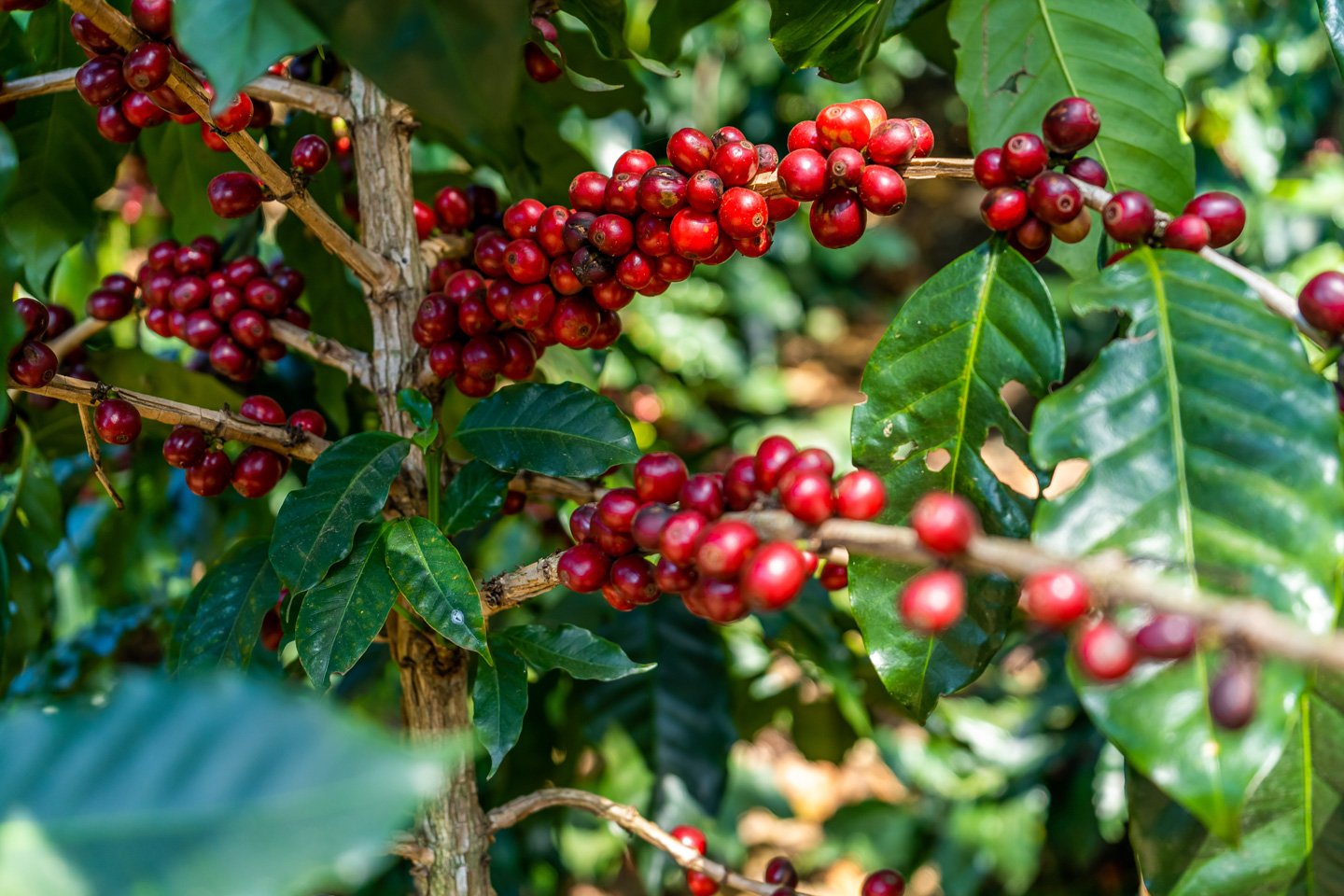Coffee Processing: Washed Coffee & Why it's so popular
Coffee has been a part of the human diet for centuries, but it wasn't until the late 1800s that we discovered how to process coffee to bring out its best flavor. Today, washed coffees are the most popular way of processing coffee beans because they produce a high-quality cup of coffee with a smooth body and bright acidity.
What is coffee processing?
Coffee processing, in short, is the process of removing the fruit from the coffee cherry and then drying and roasting it. Part of that process involves washing—a method of separating the beans from their natural fruit pulp. Washed coffees are more popular than dry-processed coffees due to their brighter acidity and cleaner cup characteristics.
What is washed (wet) process coffee?
Washed coffee is the most common process used in coffee production today. It's also known as "washed/wet" or washed, wet-processed, or natural to differentiate it from dry-processing (which we'll get into next). Washed coffee is easy to produce and has a good taste profile that's consistent across batches of beans. In addition, washed coffees generally have a brighter acidity and lower mouthfeel than their dry-processed counterparts. As a result, the level of flavor clarity is much higher with this process.
Washed coffees are made by fermenting the pulp of red cherry fruits in water before they're dried out on patios or raised beds called patio drying beds. They're then processed by washing away remaining fruit mucilage (the sticky stuff) via fermentation tanks that run between 60°C–80°C (140°F–176°F). After this step is over, the beans are ready to start drying again—either through direct sun exposure or mechanical dryers called Guardiola’s for several hours or even days before being packed up for export!
What is semi-washed processed coffee?
Semi-washing beans involve fewer steps than the fully-washed method. For this method, the outer skin from the coffee cherry is removed using a de-pulping machine but continues to have the mucilage attached when set aside to initiate the drying phase typically in the sun. Following this period, the mucilage and parchment are then washed off with water, before the beans are subsequently dried again until the beans reach a certain moisture level.
Also known as ‘wet hulling’, ‘Giling Basah’ (from the Indonesian meaning ‘wet grinding’), or the ‘pulped natural process’, processing beans in this way is said to reduce the acidity of the final coffee, but providing a little more body and complexity to the flavor.
Sumatran Coffee Producer Milling Coffee
Conclusion
We hope you enjoyed the information and learned something new about coffee and how it can be processed. In addition, understanding how the various processing methods can affect the flavor characteristics in the coffee can be very helpful when exploring coffees to purchase. At least 50% of the global production of coffee is washed process and therefore the most readily available. We encourage you to try all coffees of different processing methods so you can experience first-hand the difference. As a roasting company, we strive to offer a variety of coffees for the reason of understanding the story behind the coffee, so be sure to periodically check our offerings to try something new. As always, if you have any questions or comments please feel free to leave them below!







